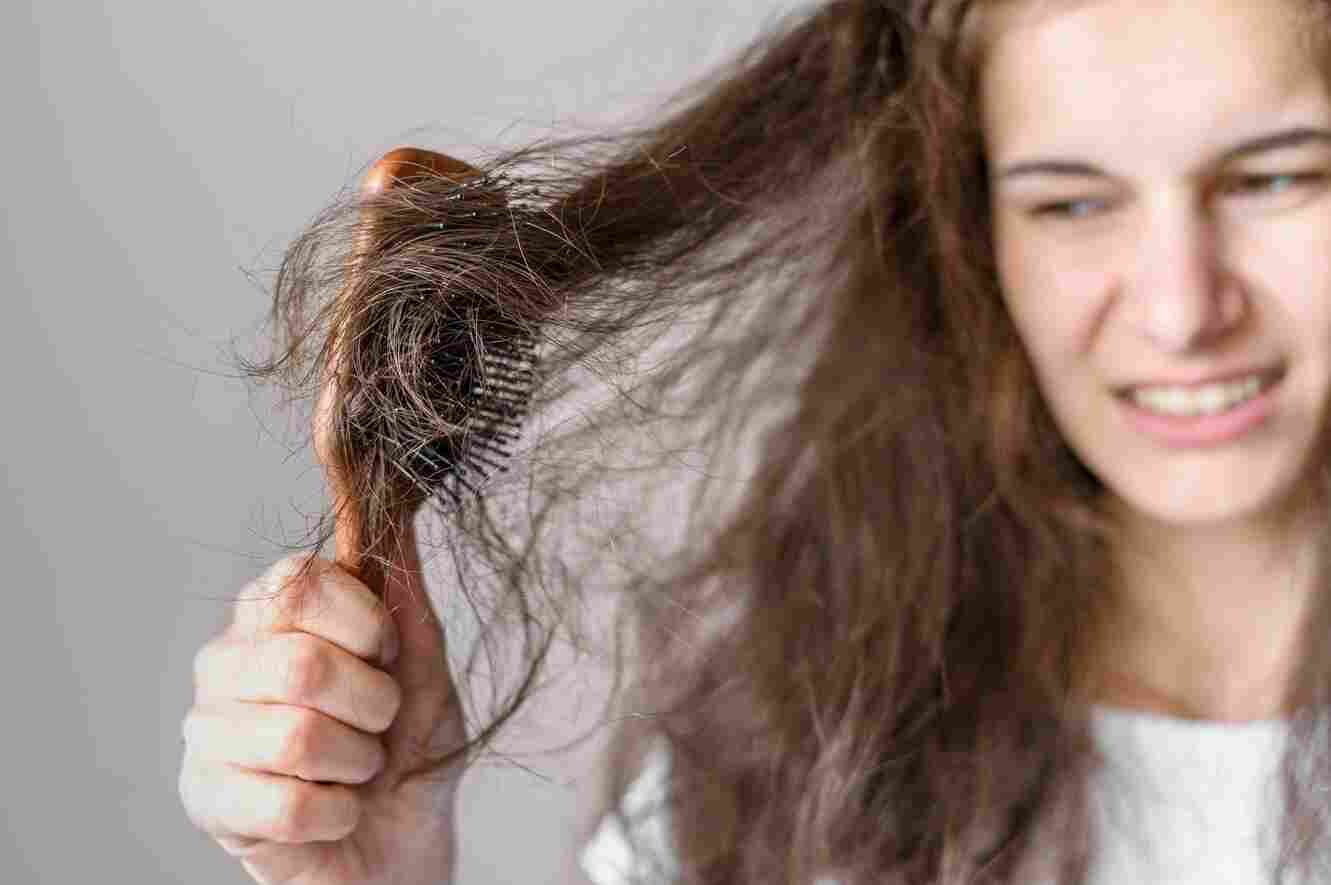Many people don't know that getting your hair done professionally can cause damage, just as much as styling it yourself.
It's important to be aware of possible hair damage caused by hairdressers, especially since damaging the hair can hamper its health and growth. This blog post aims to educate people on identifying how hairdressers may be damaging their hair and what they can do to prevent it in the future.
From using too much heat or chemicals to using sharp tools such as scissors, there are many ways that a hairdresser could be causing havoc with your hair if you're not careful. Knowing this could help you avoid experiencing some seriously bad haircuts and styles, so keep these tips in mind the next time you visit the salon!
Chemical Damage
Coloring and Bleaching
One of the most common chemical treatments used in salons is hair coloring and bleaching. If a hairdresser doesn’t use the correct type or amount of dye or bleach, it can cause excessive damage to the strands of your hair.
The wrong type of dye or bleach can strip away natural oils from your scalp and make it difficult for new hair growth to take place. Additionally, if left on for too long, these products can dry out the ends of your hair as well as lead to breakage and split ends.
This is why it’s important to always consult with a professional before undergoing any kind of chemical treatment.
Perming
Perms are another popular option when it comes to changing up your hairstyle, but they also come with their own set of risks. If done incorrectly, perms can leave your hair looking frizzy and damaged after only one application.
Overusing strong perm chemicals or leaving them on for too long can quickly strip away moisture from your hair’s cuticles and leave it looking dry and brittle. Not only that, but overusing certain perm chemicals can even cause permanent damage such as thinning or balding due to weakened follicles from the harsh chemicals used in perming solutions.
Mechanical Damage
Over-Brushing
Brushing your hair too much or with too much force can also cause mechanical damage. Over-brushing can lead to split ends, tangles, and breakage because it causes friction against the cuticles in your hair shafts which leads them to become weakened over time.
It’s important that you brush your hair gently with a wide tooth comb or paddle brush in order to reduce any unnecessary friction from occurring. You should also avoid brushing wet hair as this will increase your chances of suffering from split ends due to its delicate nature when wet.
High Heat Tools
The final type of mechanical damage that can occur is due to high heat tools such as curling irons and straighteners. High heat tools should only be used sparingly on healthy hair because overuse can lead to serious damage such as split ends, dryness, and even breakage in extreme cases.
When using high heat tools, it’s important for hairdressers to make sure that they are not applying too much heat at once and that they are using a product specifically designed for protecting the hair from heat styling (such as a thermal protectant spray).
They should also ensure that they are not holding the tool too close to the scalp; this could cause burns on delicate skin!
Braiding & Twisting
Braiding and twisting hairstyles are popular because they offer a unique look that you can't get with other styles. However, when done improperly these styles can cause mechanical damage due to tension from tight braids or twists which pull at the follicles and weaken them over time leading to breakage when taking out the style.
Again, this is where a good hairdresser comes into play - they should be able to advise their clients on how tight is too tight when creating these types of styles so as not to cause any unnecessary damage.
The Lack of Knowledge
Knowledge of Hair Styling Techniques
A great hairdresser should also be well-versed in all types of styling techniques from braiding to curling and everything in between.
By keeping up with current trends as well as timeless classics, you can offer your clients an array of options when it comes to styling their hair.
In addition, having a good grasp on technique will allow you to anticipate any challenges that may arise during a style so that you can adjust accordingly without compromising quality or time limits.
The Right Products for Your Hair Type
Hair types vary greatly from person to person, so it’s important that your hairdresser is able to properly assess your individual needs when it comes to choosing products.
A hairdresser who is knowledgeable about different hair types will be able to recommend the right shampoo, conditioner, and styling products for your specific type of hair.
This is especially important if you have color-treated or chemically treated hair as these require special care and attention.
Personal Responsibility
Communication with Your Hairdresser
The first step to having healthy hair is having an open, honest dialogue with your hairdresser about your hair goals.
Before going in for an appointment, think about what look you want to achieve—and be realistic! Many times clients can expect certain results that simply aren’t possible due to their current color or texture.
Making sure your hairdresser knows exactly what you are looking for helps them provide the best service possible while still being mindful of the health of your hair.
Additionally, make sure to communicate any concerns that you may have about past experiences or damage done to your hair so they can take extra care when styling.
Home Maintenance
It’s important that clients understand the importance of taking care of their own hair at home between appointments.
This means using sulfate-free shampoos and conditioners specifically designed for color-treated or dry/damaged hair; avoiding overuse of heat tools like curling irons and flat irons; using leave-in conditioners every time after washing; and always using a heat protectant prior to applying any heat styling tool.
Additionally, cutting back on chemical treatments such as bleaching and perms will help keep your hair healthy in between appointments as well.
Conclusion
We hope this guide has shed light on the potential risks of hairdressing. While it is possible for your hair to be damaged due to a bad salon experience, knowledge is power, and with thorough research, you can arm yourself with all the information you need to ensure you are in good hands.
Schedule a free consultation with an experienced stylist near you and discuss your concerns beforehand – if someone doesn't feel willing or able to answer any questions, consider walking away for a better alternative.



